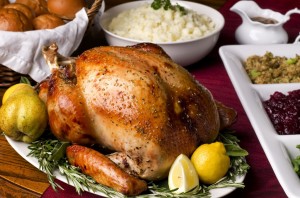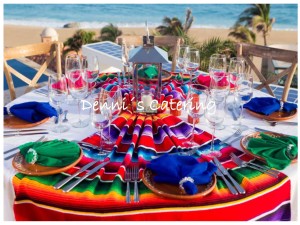The art of plating
The art of plating or food presentation
There is a saying that we eat first with our eyes, then with our nose, and finally, with our mouth and indeed, the culinary art is increasingly turning into a multisensory eating experience. Star chefs view the plate as the canvas on which to express themselves and display their creations and from the choice of the plate itself to the visual arrangement of colors and ingredients on the plate, food presentation has become an integral part of the culinary experience. With the proliferation of food shows and food channels starting in the 80s, visuals took precedence and chefs, the public and the media alike displayed an insatiable appetite for inventive and stunning plating arrangements. This trend exploded with the advent of social media, and plating is now a major motor of culinary creation.
The Western art of plating can be traced to Haute Cuisine developed by the French under Louis XIV of Versailles-fame, with an often complex, baroque or even rococó plating style. Under Napoleon, Antonin Carême, the first international celebrity chef, often presented his culinary creations using architectural concepts, building his dishes up into the shapes of famous monuments, waterfalls and pyramids.
In the East, Japan has a long tradition of intricate food preparations known as kaiseki, the earliest instance of plating as an art, with dual influence from Zen Buddhism and the imperial court. Kaiseki is an art form that balances the taste, texture, appearance, and colors of food, using only fresh seasonal ingredients minimally prepared to enhance their flavor. Dishes are beautifully arranged and garnished, often with real leaves and flowers, as well as edible garnishes designed to resemble natural plants and animals.
Strongly inspired by Kaiseki and the Japanese cuisine, Paul Bocuse and his followers launched Nouvelle Cuisine in the 60s’ as classical and often baroque Haute Cuisine gave way to elegant, simplified, minimalist, almost elemental style. The Japanese influence on French chefs transformed the culinary landscape worldwide. In the French interpretation of the Japanese style, chefs proclaimed their creative independence and plating turned artistic.
Nouvelle cuisine marked a radical departure from basic presentation to a novel concern for the look of plates and food, leading to another radical change taking place nowadays, where new technologies and textures, such as foams, gels and spherification brings plating creation to a whole new dimension.
Plating like a chef
Did you ever want to cook like a chef, and impress your guests with stunning food presentations?
Here are few simple tips by Denni’s Catering to embellish your dish, evoke emotion and stimulate appetite.
- Use a plain white plate as your canvas; it is much easier to manage for beginners.
- The size of your plate should be proportional to the food volume and not give the effect of excess or insufficient food.
- Off-center your focal point (typically, your protein). Asymmetry and contrast create more dramatic effects.
- Slice your proteins at an angle (meat, poultry, fish, etc.)
- Play with colors: Vegetables, but also micro-greens and berries that not only provide vibrant colors, but also bring amazing and often surprising flavors to your plate.
- Build your plate vertically whenever it make sense, by layering for instance. This applies especially to desserts.
- spoon dragging of your sauces or purees are the simplest way to create attractive effects
- Do not put sauces in excess on your plate; use separate container for your sauce instead.
Our friend Cyril Cheminot, a talented globetrotting French chef currently in Acapulco, drew our attention to these seemingly simple puree decoration tricks from To Make Sushi. You will find all kinds of stunning presentation ideas on their pages.
But then again, these tricks might just look simple because the cook has been doing it for years. It is a little bit like the card tricks, where the magician effortlessly pulls cards from all kinds of odd places, and even when the trick is explained to you in detail, you still fail miserably! So, if you want to impress your friends on your next trip to Cabo, to be on the safe side you may want to call Denni’s Catering after all. They are masters with over 15 years experience in Los Cabos. Not to mention that when it comes to food, looks alone don’t quite do it, it should taste great as well.

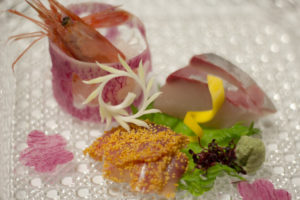
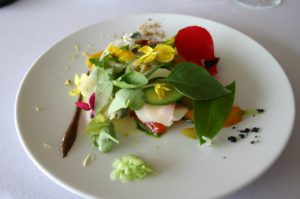
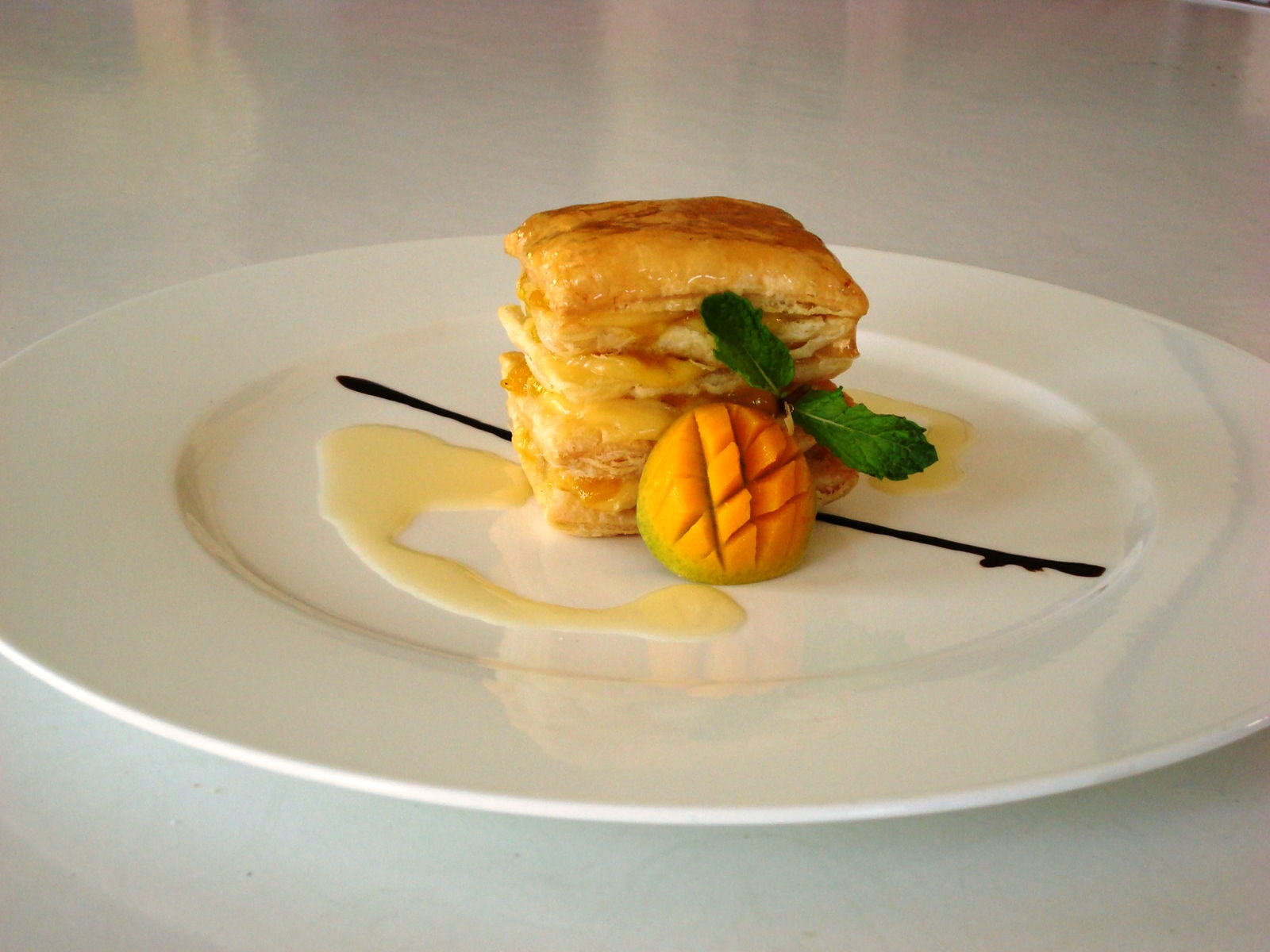
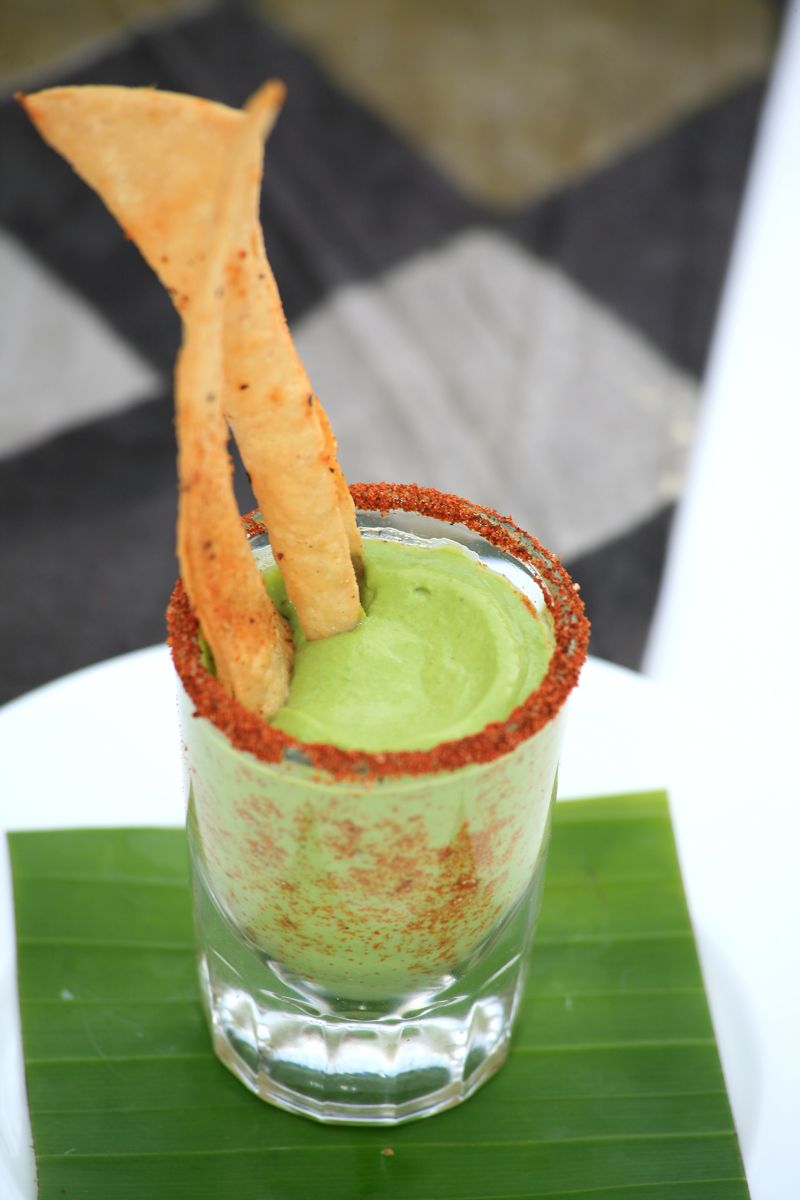
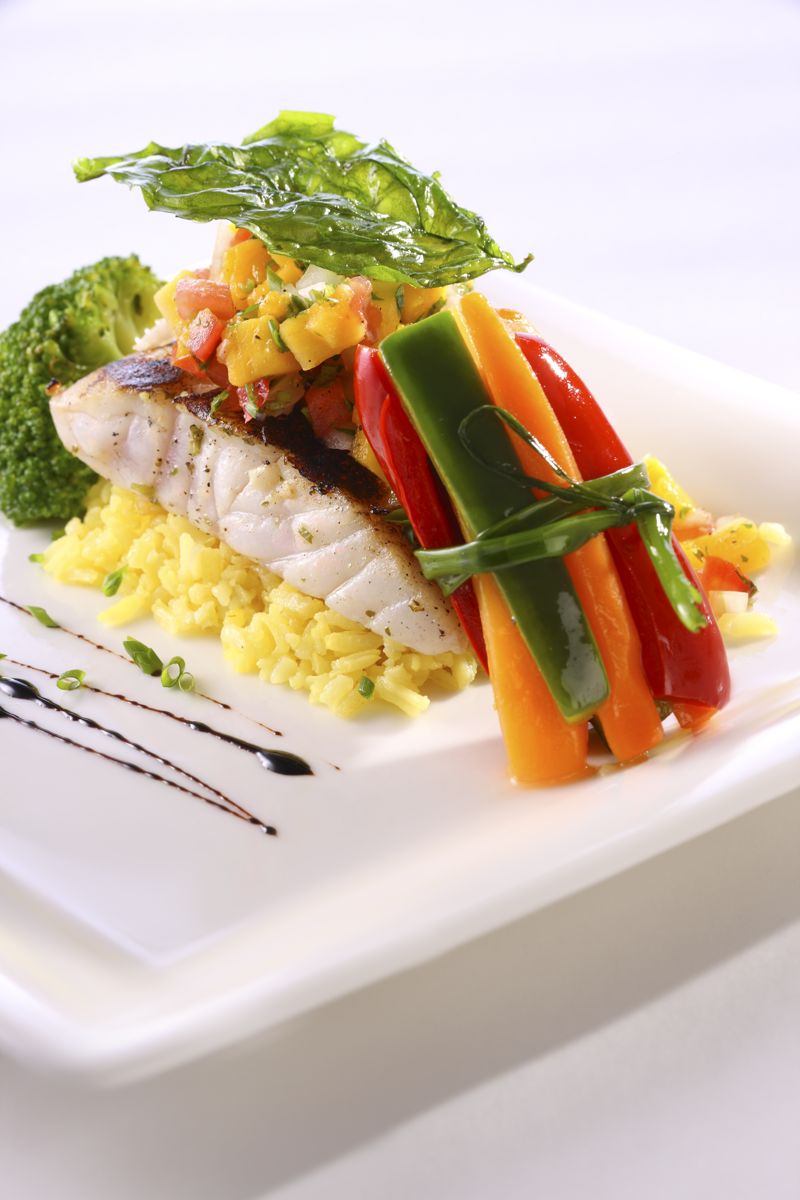
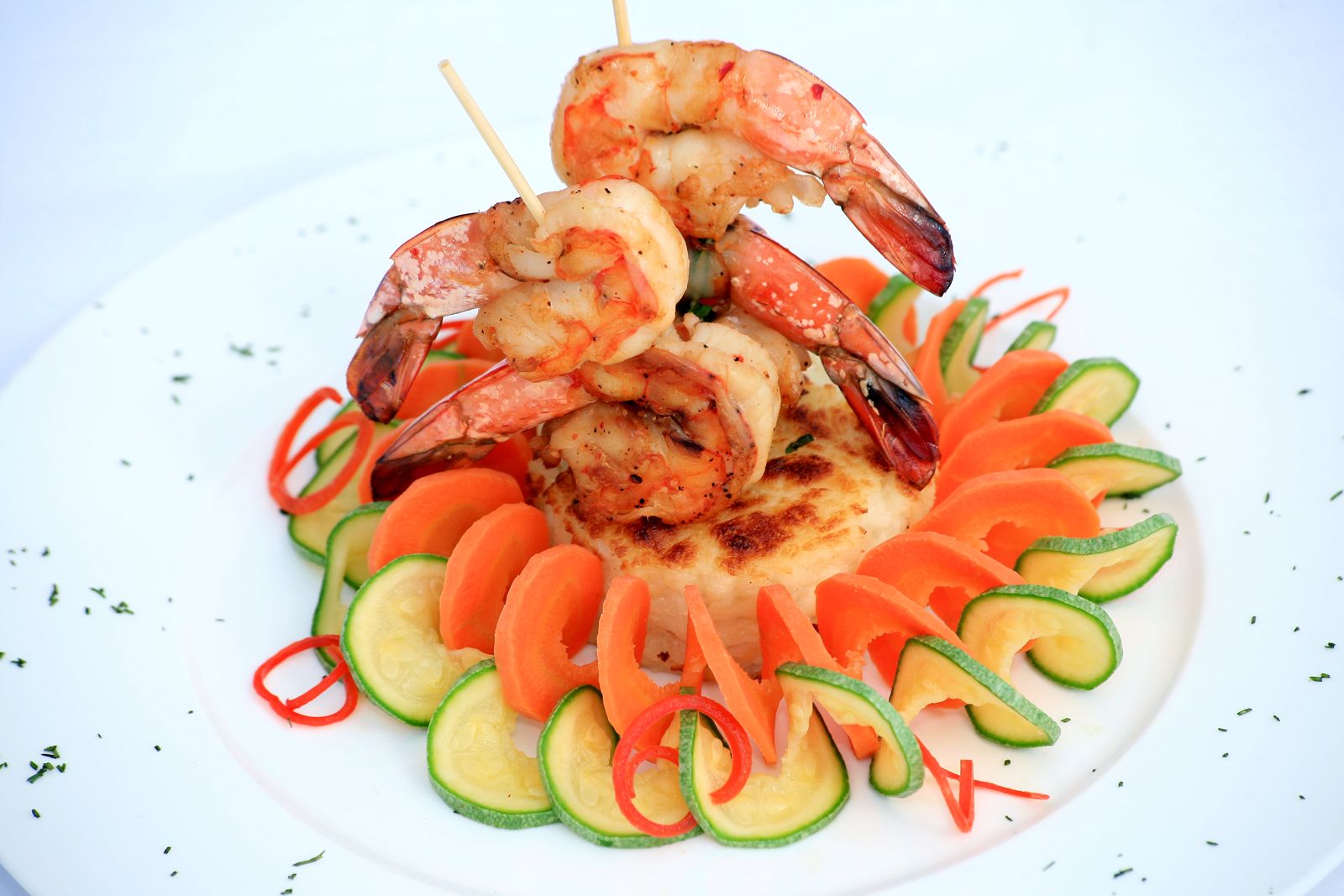
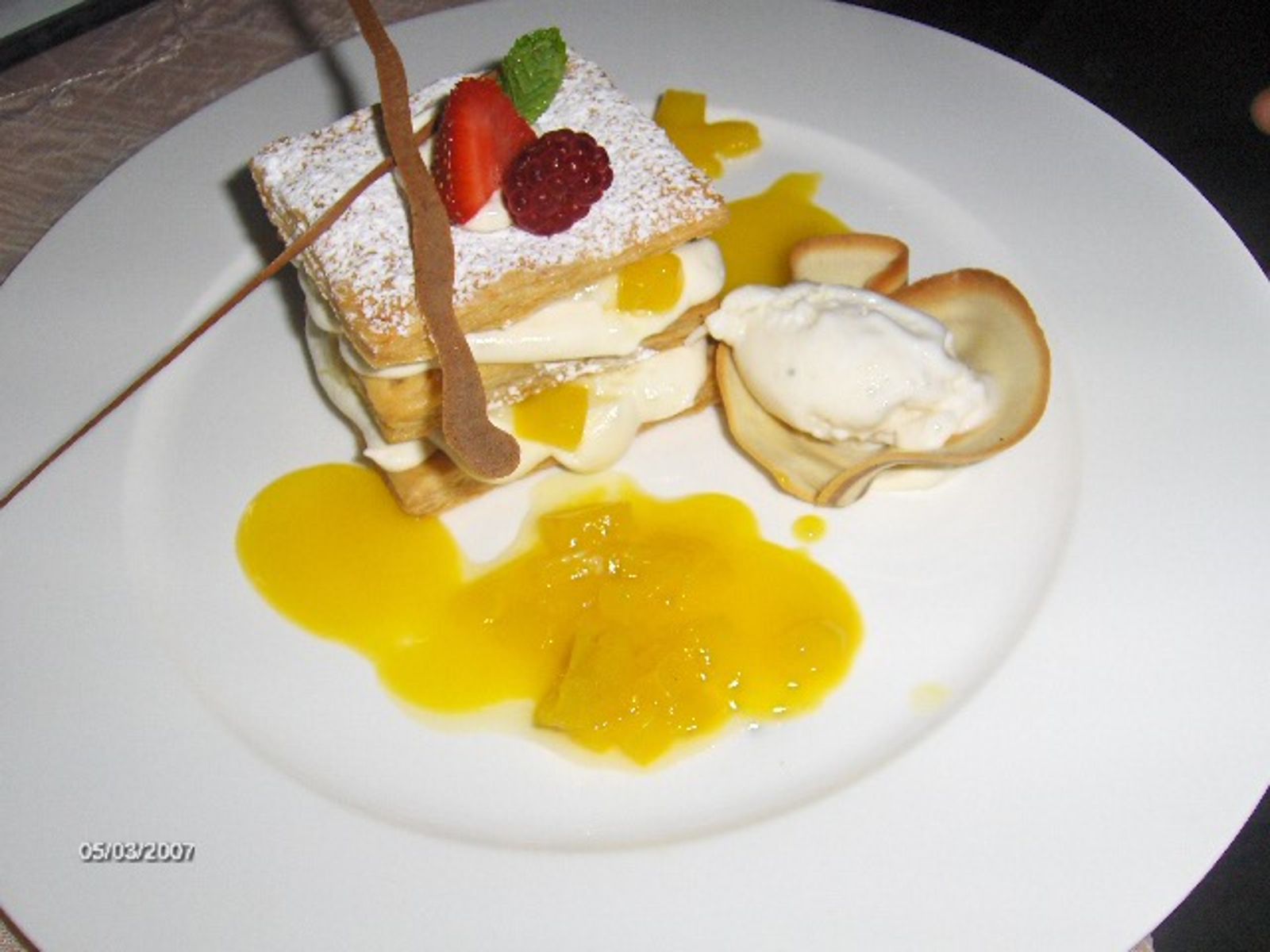



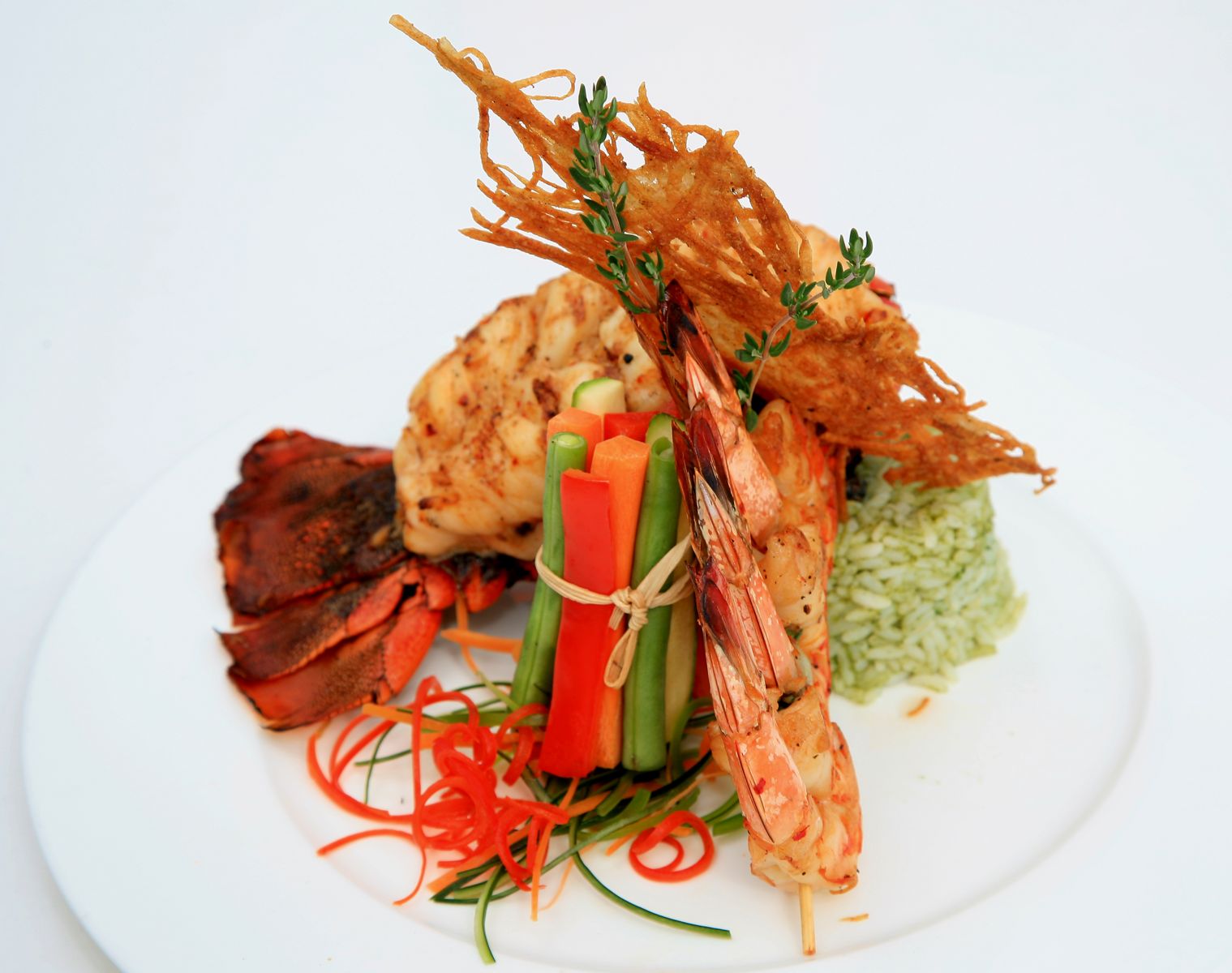

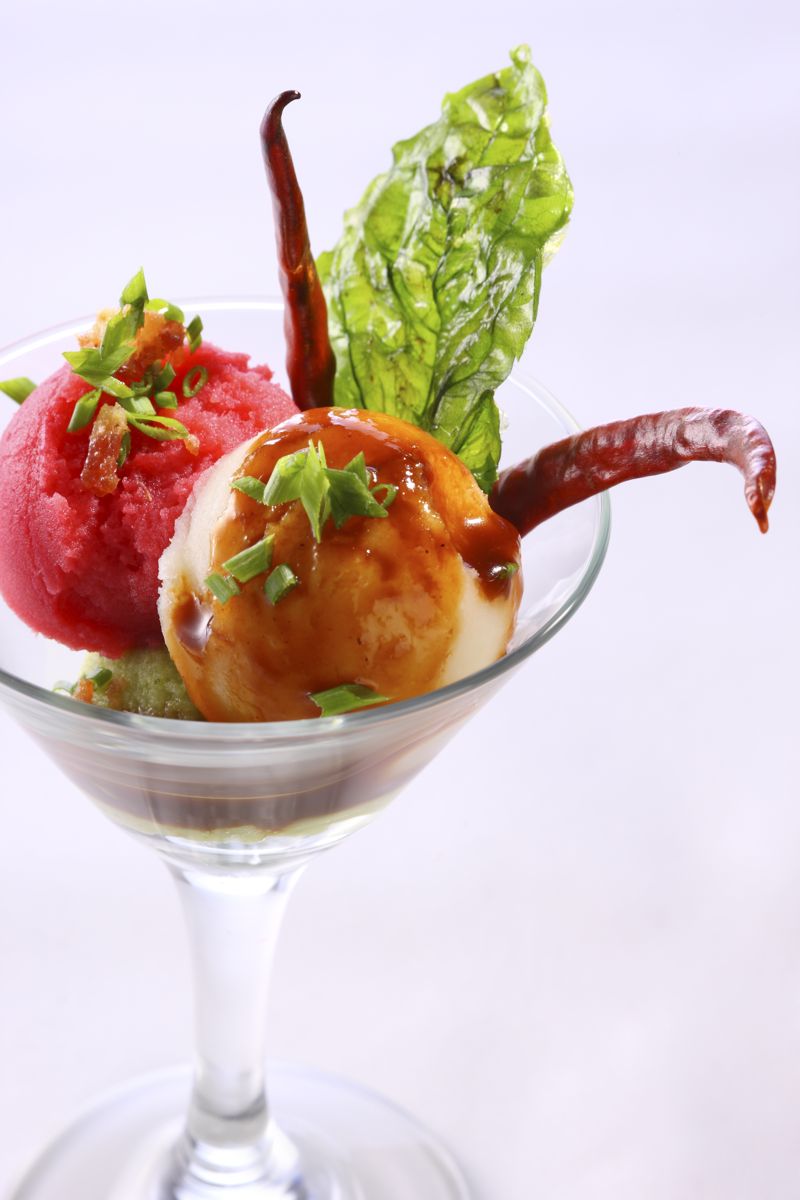
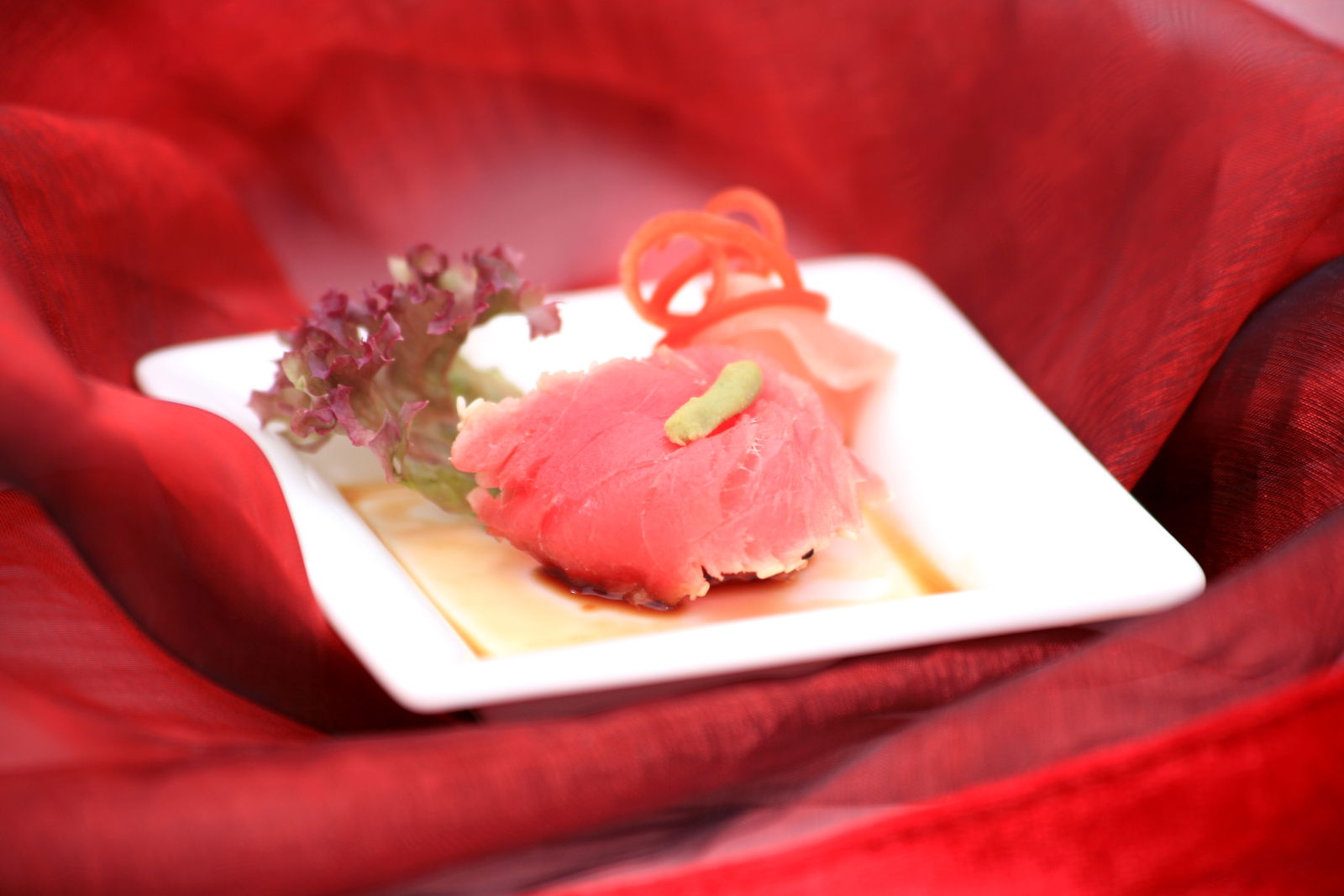
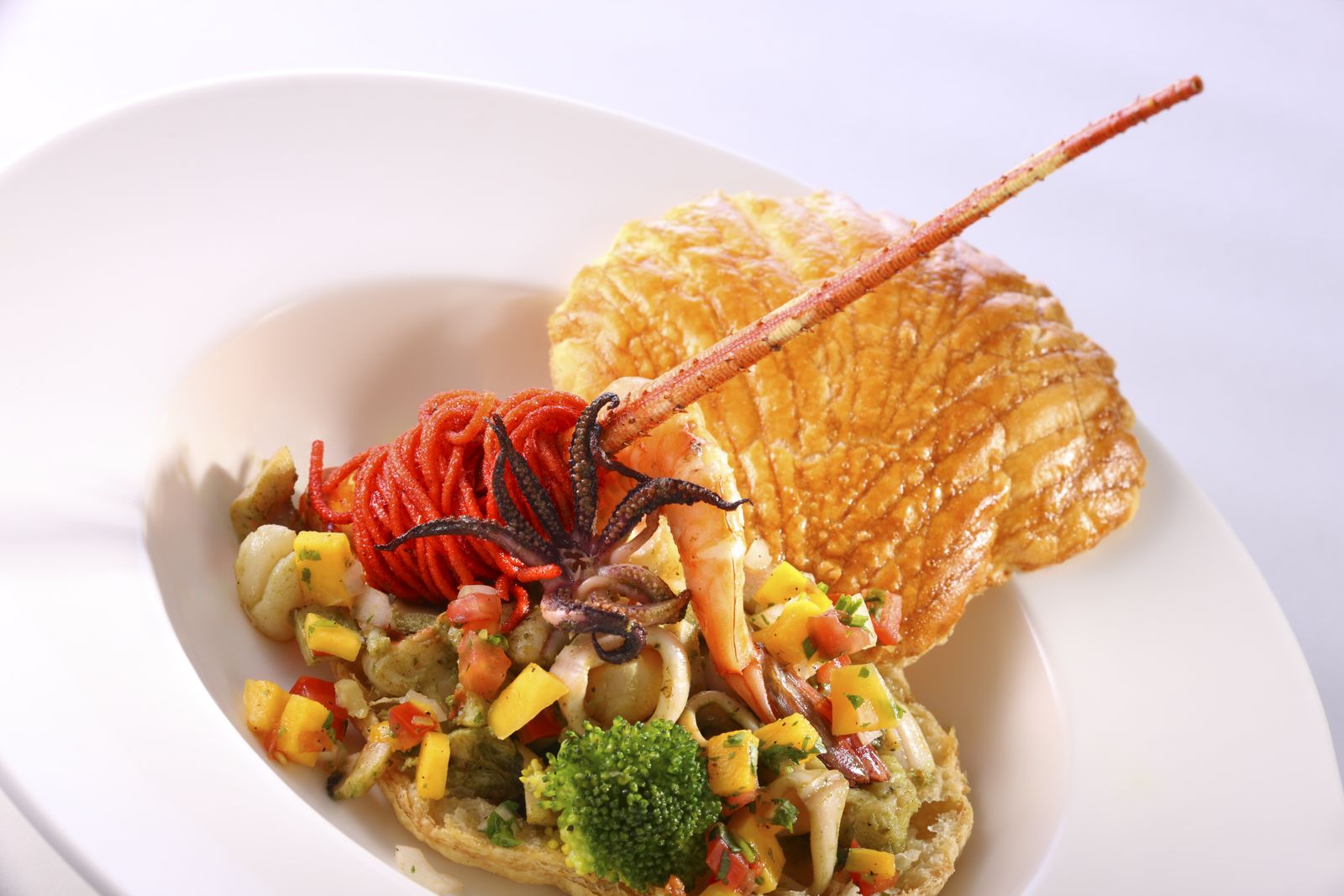
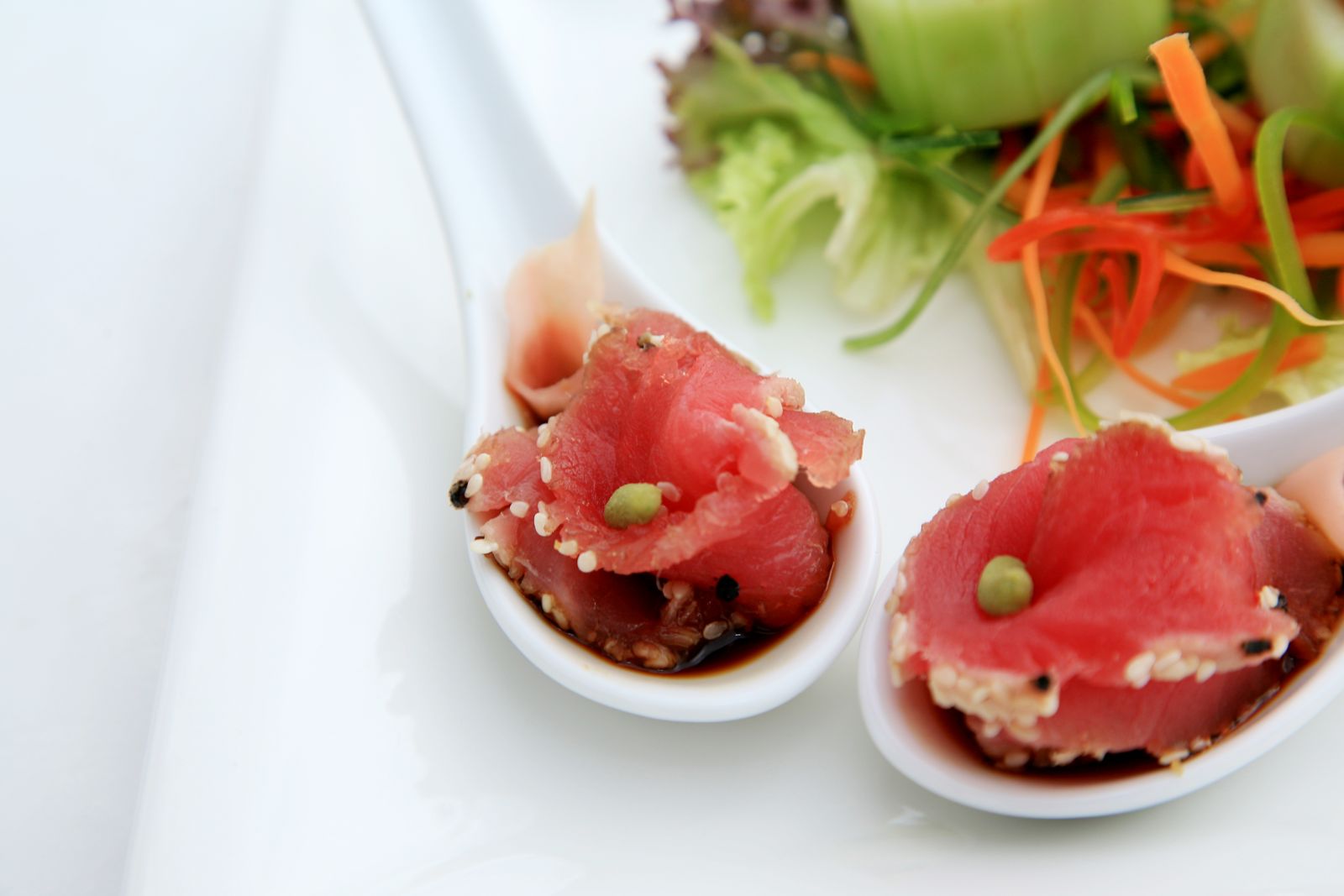
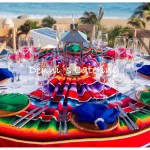 Previous Post
Previous Post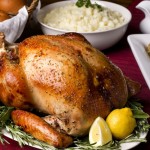 Next Post
Next Post